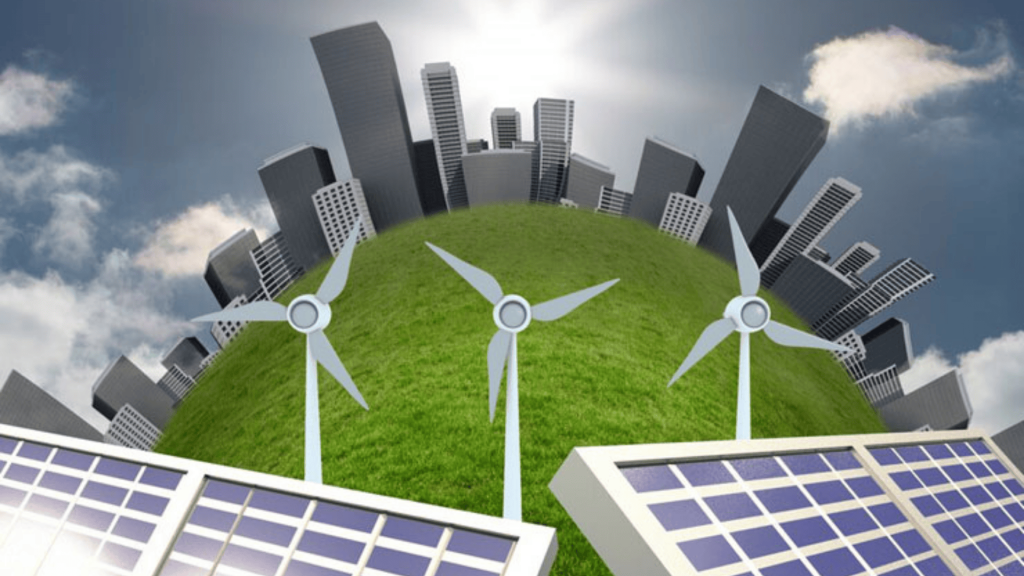Renewable Energy
Renewable energy refers to energy derived from natural resources that are constantly replenished. These resources include sunlight, wind, rain, tides, geothermal heat, and more. The main types of renewable energy include:
- Solar Energy: Captured through solar panels and converted into electricity or heat.
- Wind Energy: Generated by wind turbines, converting kinetic energy from wind into electricity.
- Hydropower: Uses water flow (typically through dams) to produce electricity.
- Geothermal Energy: Harnesses heat from beneath the Earth’s surface for power generation or direct heating.
- Biomass Energy: Uses organic materials (like wood, agricultural waste) to generate heat, electricity, or biofuels.
Energy Management
Energy management refers to the strategic approach to optimizing energy use in a way that improves efficiency, reduces costs, and minimizes environmental impacts. It involves:
- Energy Efficiency: Implementing measures to reduce energy consumption without sacrificing productivity. This includes upgrading equipment, improving building insulation, and optimizing industrial processes.
- Demand Response: Managing energy consumption during peak periods by adjusting or shifting usage to lower demand times.
- Energy Storage: Using batteries or other systems to store energy for later use, which is especially important for intermittent renewable sources like solar and wind.
- Smart Grids: Modern electricity networks that use digital technology to monitor and control energy flow, enhancing the integration of renewable energy sources.
- Sustainable Energy Practices: Encouraging the use of renewable energy and minimizing reliance on fossil fuels.
Key Objectives of Energy Management in the Context of Renewables:
- Maximize Renewable Integration: Effectively incorporating renewable energy into existing energy infrastructure.
- Optimize Usage: Using energy more efficiently to lower costs and reduce the carbon footprint.
- Energy Storage Solutions: Overcoming the variability of renewable sources (like solar and wind) by storing excess energy for later use.
- Energy Distribution & Flexibility: Ensuring that energy is available where and when it is needed through smart grids, demand response, and decentralized generation systems.
The combination of renewable energy and energy management is key to building a sustainable energy future. With advancements in both fields, we’re seeing a major shift toward cleaner, more efficient systems that help reduce global carbon emissions and reliance on fossil fuels.

